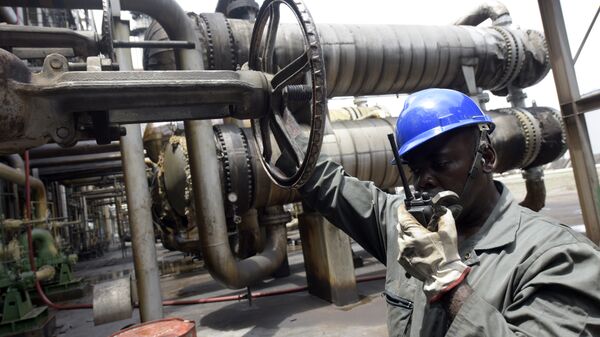The 14 members of OPEC held a meeting in Algiers on Wednesday, where some of the world's largest oil producers unexpectedly agreed to cut production for the first time in eight years.
The cartel has agreed to impose an output ceiling of between 32.5 million and 33 million barrels per day. In August, OPEC produced 33.327 million barrels of oil per day, a decrease of 23 thousand barrels a day compared to the previous month.
Oil prices spiked on news of the agreement in Algiers, and the price of the industry benchmark Brent Crude settled up 5.9 percent. The price increased by another 1.1 percent on Thursday, closing at $49.24 per barrel.
"A lot depends on Nigeria and Libya; how much they're going to bring to the table in terms of increased output since it's mainly some of the other countries that are cutting. If Nigeria and Libya increase their production, the cut will be a little less than what's currently on the cards," Poulsen said.
In addition, it appears that Saudi Arabia has agreed to grant Iran its main condition, of continuing to increase its production to pre-sanctions levels following the lifting of economic and financial sanctions associated with its nuclear program in January.
Last month the energy ministers of Saudi Arabia and Russia met at the G20 summit in Beijing, and agreed to work together to try to stabilize oil prices. If Russia were to join the production freeze, "we could see another leg upwards in prices," Poulsen said.
"We need about a year or two at least for the market to absorb the shale oil that hit the market just a couple of years ago … once demand catches up with this additional supply we saw from the shale oil production, we are in a completely different scenario."
Poulsen thinks the oil price will remain around $50 per barrel for the next three months, before it edges up next year and in the longer term returns to around $100 a barrel.
"We probably need two-plus years for that to be a realistic figure, as we are still in an oversupplied market and we are scheduled to balance out somewhere in 2017. I would say, end-of-2018, there is an increasing likelihood that we will see a trip towards three digits again."



